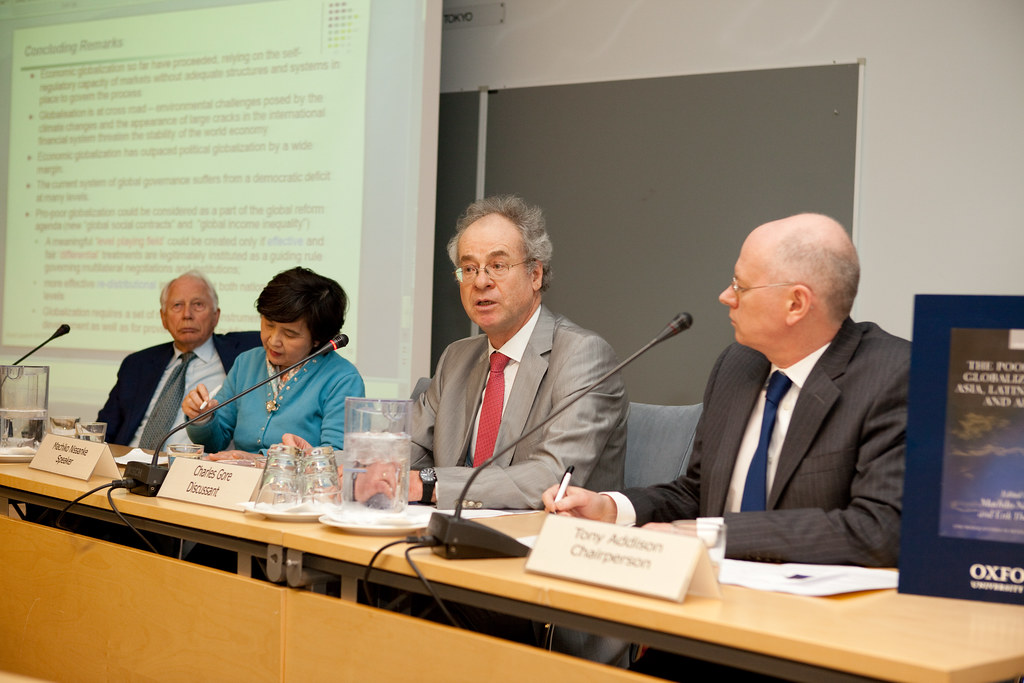Context:
India had over 3.5 crore cases of viral Hepatitis in 2022, accounting for 11.6 percent of the total disease burden globally that year, according to the Global Hepatitis Report 2024 released by the World Health Organisation (WHO) .
Key Findings of report
- According to Report, there were 254 million people living with hepatitis B and 50 million with hepatitis C globally in 2022.
- India, ranking second only to China in terms of viral hepatitis burden, recorded 29.8 million cases of hepatitis B and 5.5 million cases of hepatitis C in 2022.
- China registered 83 million cases of hepatitis B and C combined, constituting 27.5% of the total disease burden.
- The WHO flagged viral hepatitis as the second leading infectious cause of death globally, with 1.3 million deaths annually, matching the toll of tuberculosis.
- The World Hepatitis Summit also revealed that globally, 3,500 people die daily due to hepatitis B and C infections.
- The report also underlined that Bangladesh, China, Ethiopia, India, Indonesia, Nigeria, Pakistan, the Philippines, the Russian Federation and Vietnam, collectively shoulder nearly two-thirds of the global burden of hepatitis B and C.

About Hepatitis
- Hepatitis refers to the inflammation of the liver.
- It can be either acute (short-term) or chronic (long-term) infection.
- It is commonly the result of a viral infection, but there are other possible causes of hepatitis.
- These include autoimmune hepatitis and hepatitis that occurs as a secondary result of medications, drugs, toxins, and alcohol. Autoimmune hepatitis is a disease that occurs when your body makes antibodies against your liver tissue.
- World Hepatitis Day is celebrated on 28 July every year with the aim to raise awareness of viral hepatitis. It is a disease that causes inflammation that causes liver ailments and related cancers.
- Hepatitis B and C, in particular, lead to chronic diseases affecting millions worldwide and are the primary causes of liver cirrhosis, liver cancer, and hepatitis-related deaths.
- Hepatitis B is included under India’s Universal immunization Programme which provides free of cost vaccination.

Types of Hepatitis
Hepatitis A virus (HAV):
- Hepatitis A is a liver inflammation that can range from mild to severe illness.
- Transmission occurs through consuming contaminated food or water or direct contact with an infected person (including sexual practices).
- Most individuals fully recover from hepatitis A and develop lifelong immunity, though rare cases may lead to fulminant hepatitis.
- A safe and effective vaccine is accessible for hepatitis A prevention.
Hepatitis B virus (HBV):
- HBV is a viral infection affecting the liver, capable of causing acute and chronic diseases.
- Common modes of transmission include mother-to-child during birth, in early childhood, through sexual contact with an infected partner, and via unsafe injections.
- Vaccination is an effective preventive measure against hepatitis B.
Hepatitis C virus (HCV):
- It can result in both acute and chronic hepatitis, with varying degrees of severity ranging from mild illness to serious conditions like liver cirrhosis and cancer.
- It spreads primarily through exposure to contaminated healthcare practices, blood transfusions, injection drug use, and sexual activities.
- Direct-acting antiviral medicines (DAAs) boast high success rates in curing over 95% of individuals with hepatitis C infection. However, access to diagnosis and treatment remains limited.
- No effective vaccine currently exists for hepatitis C prevention.
Hepatitis D virus (HDV):
- HDV relies on the presence of HBV for replication. It affects roughly 5% of individuals with chronic HBV infection globally.
- Hepatitis B and D viruses can co-infect or sequentially infect individuals, particularly prevalent among indigenous populations, dialysis patients, and drug users.
- Co-infection significantly heightens the risk of liver damage, including cancer and death.
- Hepatitis B immunization offers protection against hepatitis D infection, although treatment success rates are modest.
Hepatitis E virus (HEV):
- HEV-induced liver inflammation is caused by infection with the HEV, prevalent worldwide but most common in East and South Asia.
- Transmission primarily occurs via the fecal-oral route, particularly through contaminated water sources.
- While a vaccine to prevent hepatitis E virus infection has been developed and licensed in China, it remains unavailable elsewhere.

